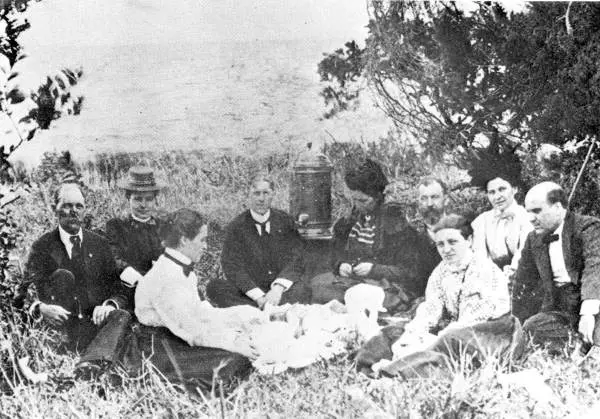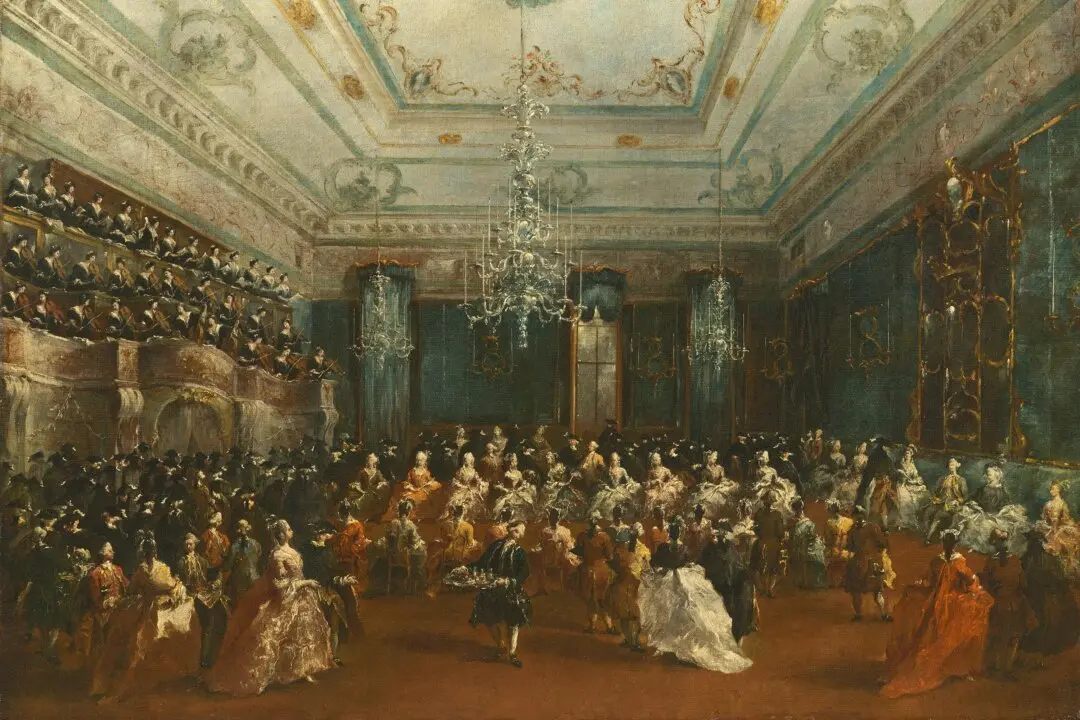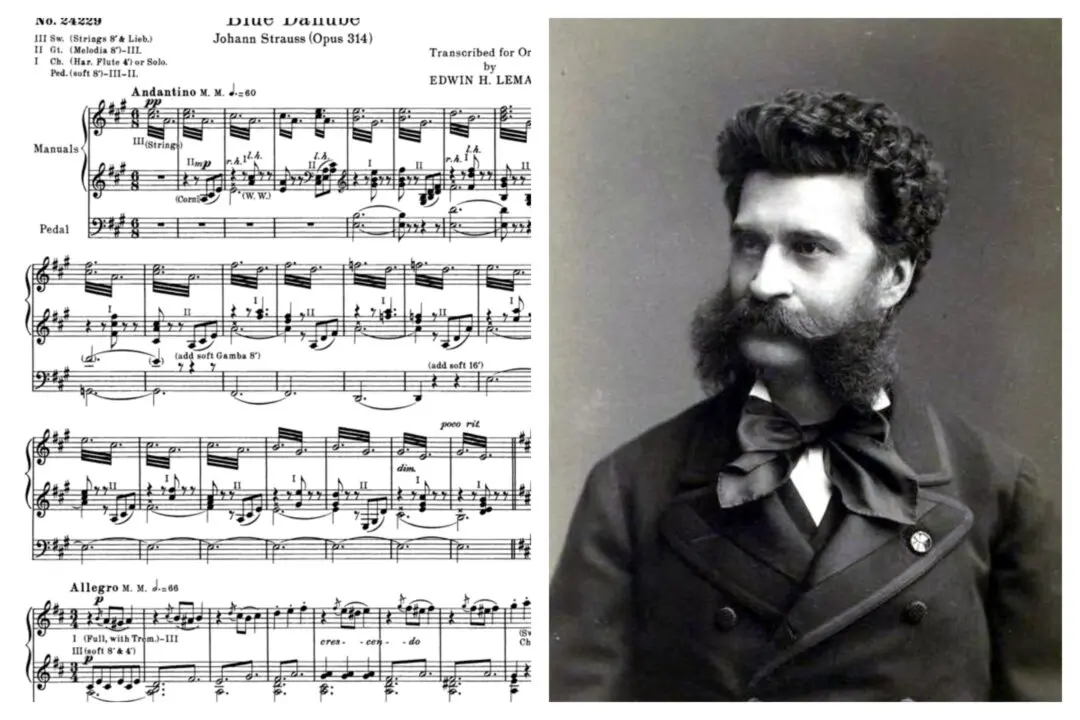A tourist visiting Washington, D.C., today has an overwhelming sightseeing schedule. Taking in the 4-mile panoramic loop of presidential monuments, war memorials, and museums along the National Mall is an intoxicating experience. The man the city is named for could not possibly have anticipated all the destinations and distractions in this tourist’s path. But George Washington understood the purpose of the city he never lived to see. Before a single stone was laid, he knew that a grand symbol was needed to represent the promise of America to the world. His determination to realize his vision overcame almost insurmountable setbacks and led to one of history’s most impressive real estate deals.
Mission Impossible
In 1790, Congress passed the Residence Act, specifying that a capital city should be built. Many representatives, beholden to regional interests, argued for the virtues of the established cities within their own states: Philadelphia, Baltimore, Annapolis, even Wilmington. Alexander Hamilton’s vociferous lobbying for New York led his critics to call the city “Hamiltonopolis” for a time. A total of 16 different places were put forward. Southern representatives were jealous of the commercially oriented North and refused to consent to their suggestions. Northern representatives, on the other hand, loathed the South for its underdeveloped infrastructure and agrarian backwardness. Though everyone eventually compromised and agreed on a site between Maryland and Virginia, the treasury was empty. Delegates decided that the city would have to be built without funds, and in a span of only 10 years. If finished, federal offices would move there from Philadelphia in 1800.In his “Washington: How Slaves, Idealists, and Scoundrels Created the Nation’s Capital,” Fergus Bordewich observes, “The prospects for success were dim indeed” due to dishonest financial maneuvering and political incompetence. It seemed impossible to complete surveying, land acquisition, city design, and building in a 10-year period with no money. Development and construction would cost an estimated $1 million, a huge sum in the late 18th century. How was it to be raised?





